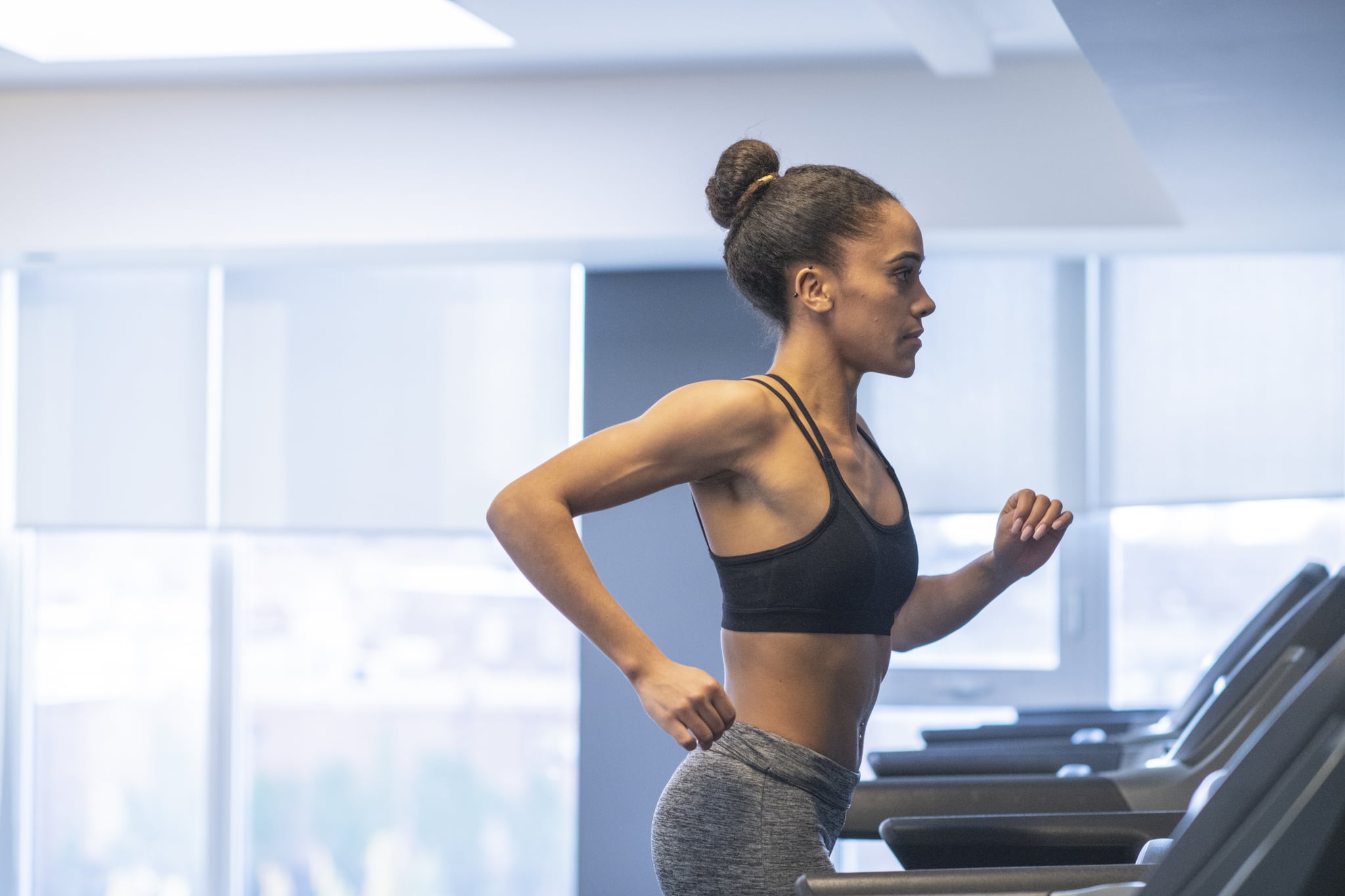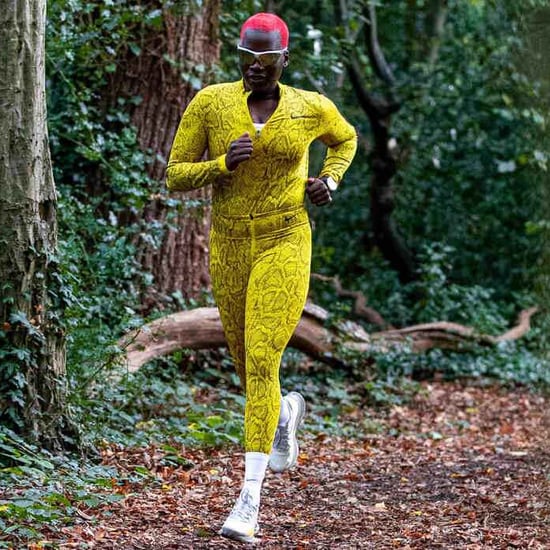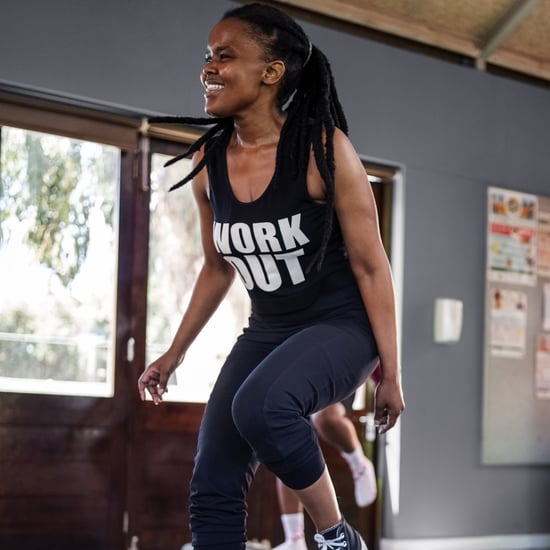Treadmill Workouts For Bigger Butt
Two Trainers Agree: This Is the Best Kind of Treadmill Workout You Can Do to Build Your Booty

By now, we hope you know that in order to build muscle, you need to strength train and eat enough protein and calories (yes, extra calories are important!). Also, if you're targeting your glutes specifically, there are certain exercises you should do and certain ones, like regular squats, that aren't as effective as you might think (you can read more about this here). When it comes to the treadmill, one type of workout is most helpful with booty gains, according to Peloton Tread trainer and marathoner Becs Gentry and master trainer Rebecca Kennedy, also from Peloton Tread — and that's hills.
What's So Great About Hills?
Becs, certified through YMCA in the UK, calls hills the "wonder bra for your bum." She explained that when you run on an incline, you're engageing the muscles in your posterior chain — meaning, the back of your body — to drive you up the hill. The larger muscle groups in that area are your glutes and hamstrings, and when they fight against the resistance of the incline, this can lead to a "perky butt." She added, "The power you exert is going to be more explosive when running up hills and therefore work your muscles a different way than running on the flat road."
Rebecca, who is NASM-certified and is a USATF/RRCA run coach, agreed. Hills and HIIT are the two that come to mind for her. With HIIT training, she said, you're going to get a lot of glute and hamstring work because of the high-intensity output, but hills really are most effective.
What's the Best Incline For Hill Workouts?
Becs said that if you're running at your normal pace, she tends to prescribe inclines up to 10 percent, but nothing above that. When running sprints, she limits people in her classes to an eight percent incline. Power walking, though, can be done on any incline "as long as the form is correct and you are not holding onto the treadmill," she advised.
Becs went on to suggest rolling hills for a beginner. "This means adding incline for a period of work, then returning to a flat road and repeating this up to your desired maximum incline," she explained. "As you progress and become stronger and more confident in your hill running, extend your work time on the hills, decrease flat road recovery time, and increase your speed on those hills in the end."
Rebecca agreed that starting low and slow is the way to go. "There's no need to push an incline until you're actually ready," she said. Her formula is this: first comes the incline, then comes the speed. You can get just as much out of your workout cardio-wise if you're going slow up hills as you would going "fast and low," she said. But, with these hills, you'll get the added bonus of working your glutes more.
Should You Walk or Run Up Inclines?
Becs said that whether you choose to walk or run up these hills will depend on your fitness level, but a combination of walking and running can benefit people on any level. Her main focus would be form: "A gentle tilt forward at the hips, core engaged, and legs driving with the arms." A good rule of thumb for checking your speed is to stay at a pace where you don't break this form.
Rebecca noted that you don't need to necessarily run up hills — a low-impact power walk will "1,000 percent" work your glutes, she said. For instance, in Peloton Tread's extensive on-demand and live class library that features runs, walks, bootcamps, strength training, etc. are hiking workouts with intervals of walking at different inclines. (I actually did one two nights ago, and it set my glutes on fire!)
Not sure where to start? Try this 20-minute treadmill run or this 40-minute walking workout. Don't have a treadmill? Go outside and find some hills, especially if you're training for a race that you know has them, Becs said. Your glutes will feel the burn and thank you later!







